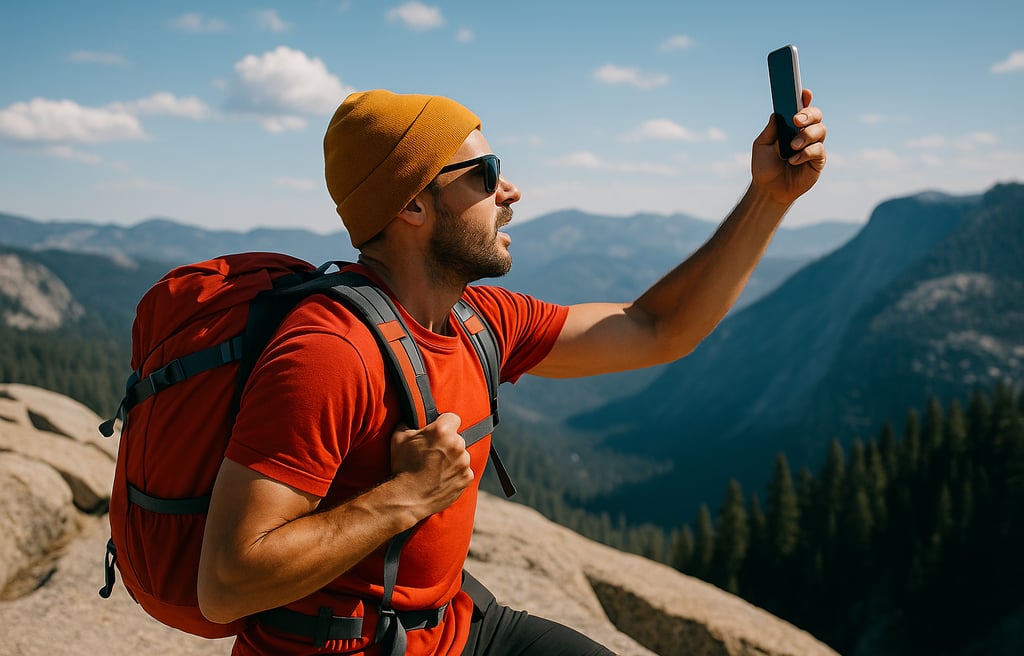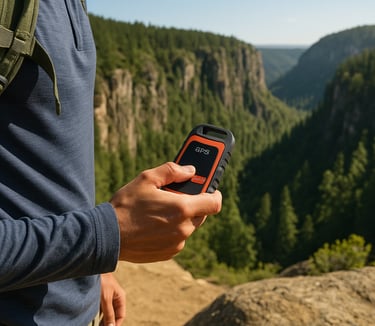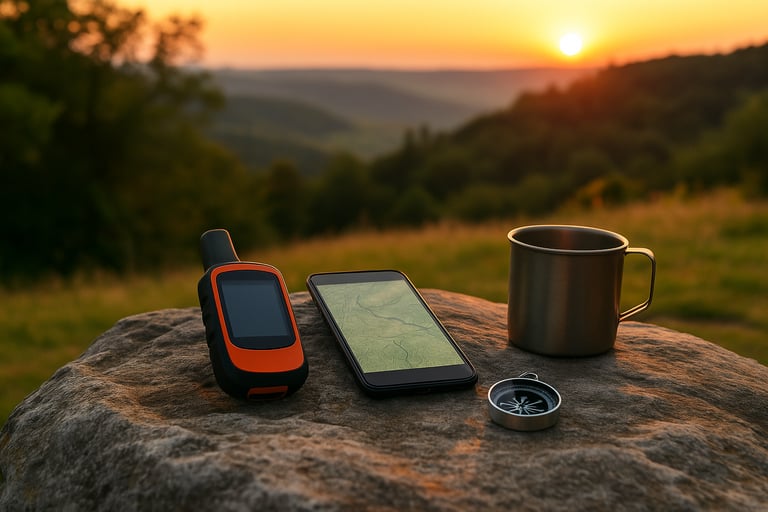Using Technology-Based Signals to Call for Rescue: What Every Adventurer Should Know
Learn how to use technology-based emergency signals like satellite messengers, personal locator beacons, and GPS devices to call for rescue. This beginner-friendly survival guide covers when, why, and how to use tech tools to improve your chances of being found fast in the wild.


Using Technology-Based Signals to Call for Rescue: What Every Adventurer Should Know
Why Tech-Based Rescue Signals Matter in the Wilderness
When you're deep in the backcountry, cell service often disappears. But emergencies don’t. That’s where technology-based signals come in. Devices like personal locator beacons (PLBs), satellite messengers, and even smartphones with emergency SOS functions can bridge that communication gap — but they're just one part of a larger system of signaling devices to call for rescue. These tools are designed to alert search and rescue teams and send your GPS location, dramatically improving your chances of being found quickly.
Whether you're hiking alone or camping off-grid, understanding these devices and how to signal for help could be the difference between waiting days for help or getting rescued within hours..
Personal Locator Beacons (PLBs): Simple and Reliable
Personal locator beacons are powerful, one button devices that transmit an SOS signal via satellite directly to rescue authorities. Once activated, a PLB sends your GPS coordinates along with a distress signal to search and rescue teams. These devices don’t require a subscription, and they’re known for reliability in remote areas. They’re also battery powered, so they can stay in your pack for years until needed.
They don’t support two-way messaging, but that also makes them easier to use in high-stress situations; just push the button and help is on the way.
Satellite Messengers: Communication and Tracking Combined
If you want more than just a one-way SOS signal, satellite messengers like the Garmin inReach or SPOT devices offer two-way messaging and location tracking. These tools can send check-in texts to loved ones or share your route in real-time. They require a subscription plan, but the added communication can give peace of mind to both you and your emergency contacts.
Some also have weather updates, maps, and emergency support chat features, making them multifunctional survival tools.
Smartphones and Emergency SOS Functions
Modern smartphones can send SOS signals through satellite in certain models, like newer iPhones with Emergency SOS via satellite. Even when you're out of range, your phone may be able to contact emergency services by linking briefly to a satellite. While this tech is still evolving and depends on your phone model and location, it’s worth knowing if your device supports this life-saving feature.
Apps like Gaia GPS, AllTrails, or Zoleo's companion app can also log and share your location if synced with a compatible satellite device. For accurate off-grid use, combining digital tools with a solid understanding of wilderness navigation and magnetic declination ensures you stay oriented in the wild.
Know Before You Go: Registration and Practice
Before heading out, make sure your PLB or satellite messenger is fully charged and registered with the appropriate national database, like NOAA's Beacon Registration for U.S. devices. Familiarize yourself with how your device works, test mode is your friend. Practice using the menus or buttons so you're not figuring it out in a crisis.
When to Activate a Rescue Signal
Don’t wait until you're hours from consciousness. Use your device if you're lost with no clear path out, facing a life-threatening injury, or in worsening weather with no shelter. Activating a distress beacon is not overreacting, it’s what the device was made for. Search and rescue teams would rather find you safe and early than late and in trouble. In rescue scenarios, staying focused under stress requires mental toughness in wilderness survival, not just technology.
Final Thought: Technology Can Be a Lifeline — If You Know How to Use It
Technology won’t replace basic survival skills, but it can dramatically speed up rescue efforts when time matters most. A satellite messenger or locator beacon isn’t just a gadget, it’s your emergency backup plan. So before your next trip, make sure you’ve packed knowledge alongside your gear.




© 2025. All rights reserved About | Privacy Policy | Terms and Conditions | Affiliate Disclosure | Disclaimer


